Ever wondered, why does my cat jump on me when I'm just trying to chill? Many cats leap onto their humans like it's a sport—landing on shoulders, laps, or even your keyboard mid-email. It might seem random, but this habit usually makes perfect sense through a cat's eyes.
Felines are often curious, and jumping can be their way of showing love, asking for attention, or just being, well… a cat. Want to know the main reasons your cat pounces on you? Wondering how to stop the behavior? Keep reading—we're breaking it all down!
What Does It Mean When Your Cat Jumps on You?

Your cat jumps on you to interact. Cats may do this when they want attention, food, or just to be near you. This behavior is typical and often tied to how felines communicate. If you've been asking why your cat jumps on you, the answer is usually a mix of affection, curiosity, and habit.
Common Reasons for Jumping Behavior in Cats
Most cats jump with purpose. This behavior shows how tuned in they are to their environment and their people. Here are some of the most common reasons:
-
Looking for food
-
Wanting playtime or a toy
-
Seeking mental stimulation
-
Trying to reach high surfaces
-
Craving affection
-
Exploring various objects
-
Reacting to movement or sound
How Cats Show Affection Through Jumping
Jumping can be a sign of affection. Many cats will leap into your lap, curl up on your chest, or rest on your shoulder. When your cat loves you, they want to be where you are. Touching you with their paws or rubbing against you mid-jump is their way of bonding. It's one of the ways cats find comfort and connection.
Why Do Cats Jump on You? Exploring Feline Motivations

A cat jump might look random, but there's usually a reason behind it. Cats may leap on their favorite humans because something drives them—affection, instinct, or mood. The next few sections break down what's really going on when your kitty turns you into their personal landing pad.
Seeking Attention, Affection, or Comfort
When your cat loves you, they'll show it in bold ways, like jumping right on your lap. Many cats crave physical closeness and feel safe when near their owners. Most cats also know that jumping on you often earns them a treat, a pet, or a full-on cuddle. Whether they're curling up to rest or rubbing their paws against you, it's all about bonding.
Instinctual Behaviors and Hunting Origins
Jumping is part of a cat's instinctual behavior. In the wild, cats pounce on prey by springing from high surfaces using their back legs. Your cat may not be hunting dinner, but the urge to leap remains. Even in a house full of interactive toys and comfy cat trees, they still love a good launch into a lap. It's how they engage with their environment.
Fear, Stress, or Anxiety
Sometimes, a sudden cat jump means your kitty feels nervous or unsure. Loud noises, new humans, or a change in the room can trigger agitation. Cats may leap onto their owners as a way to feel safer. If you notice your cat acting restless often, a visit to the veterinarian can help rule out any concerns with your pet's health.
How to Manage and Redirect Jumping Behavior

Cats are sometimes curious, and jumping is part of how they explore. With the right tools, like interactive toys and cat trees, you can keep your cat active while avoiding unwanted leaps. Training and a cat-friendly environment make all the difference.
Positive Reinforcement and Training Techniques
Training works best with patience and plenty of snacks! Reward good behavior, and your kitty will catch on fast. Here are some helpful training tips:
-
Give a treat when your cat stays off of tabletops and counters
-
Use interactive toys to distract or redirect jumping
-
Reward calm sitting on the floor or next to you
-
Place double-sided tape or aluminum foil on spots they shouldn't jump
-
Keep training sessions short, fun, and consistent
-
Avoid punishing normal curiosity—redirect instead
-
Praise your pet with affection or soft words
Providing Alternative Spaces for Jumping
Jumping is second nature to felines. They don't just enjoy being up high—it makes them feel safe and in control of their environment. Instead of letting your cat leap onto your head, shoulders, or the kitchen counters, give them better spots to climb.
Add a tall cat tree with sturdy platforms or install wall-mounted shelves that lead to a sunny perch. These simple changes give your cat access to high surfaces where they can nap, rest, or watch the world go by. Toss a favorite toy or treat onto the perch to make climbing more rewarding for your cat. The goal isn't to stop the jumps, but to give your kitty purpose-built places to enjoy them.
Handling Excitement and Overstimulation
When cats pounce, dart around the room, or jump from one thing to the next, it's often a sign of too much energy. Kittens and young cats especially get the zoomies after play or in overstimulating spaces. If your pet acts wild or starts to bite during these moments, they probably need time to calm down.
Keep interactive toys on hand, but use them in short, controlled bursts. Afterward, let your cat cool off in a cozy corner or soft bed. Dim the lights, turn down the noise, and skip the cuddles if your kitty seems sensitive. Learning when to hit pause helps keep your cat balanced, both in body and mood.
Managing Fear, Stress, and Anxiety
If your cat's behavior feels off, or they seem extra jumpy, clingy, or unusually quiet, they may be feeling stressed or upset. Cats may act this way after big changes, new people, new training lessons, or loud noises. Luckily, a few easy steps can help your cat feel safe and supported.
- Create a Calm Environment. Keep the house or immediate space quiet and routines steady. Cats love predictability, and most cats feel better in calm, stable surroundings.
- Try Natural Calming Aids. Soft blankets, dim lights, and relaxing scents like lavender may ease nervous behaviors. Create a safe zone your cat can go to anytime.
- Use CBD Calming Treats. HolistaPet's CBD Calming Chews for Cats are tasty, gentle, and made for comfort and calmness. These chewy bites may help ease upset, frustrated, or nervous behaviors without making your cat groggy or sluggish.
- Consult Your Cat Veterinarian. If your cat shows signs of ongoing trouble, check in with your vet. They can rule out any deeper issues and help you build a care plan that fits your kitty's needs.
When to Be Concerned About Your Cat's Jumping Behavior

Not all jumps are playful or sweet. Sometimes, a cat jump might signal something's off. If your cat jumps less often, seems uncomfortable, or leaps more than usual, it's time to look closer. The next few sections explain when this behavior needs attention and what steps owners can take to support their health and comfort.
Jumping Caused by Medical Issues or Pain
If your cat suddenly stops jumping or struggles to land, they might be feeling discomfort. Signs like limping, avoiding high surfaces, or hesitating before a leap can point to joint swelling, aches, or body stiffness. Older felines or those with loose skin and thick fur might also need extra care.
Talk to a cat veterinarian or vet if anything seems off. Catching changes early can help protect your kitty's mobility and long-term wellness.
Excessive Jumping: When It Becomes Problematic
Most cats jump often, but nonstop leaping from kitchen counters to shelves to your head could mean they're overactive or restless. If your kitty can't sit still, claws furniture, or jumps on various objects constantly, they may need more mental stimulation.
Add interactive toys and playtime into their daily routine to help balance energy. If nothing helps, check with a veterinarian to rule out health concerns or nervous behavior that needs support.
Final Thoughts on Understanding and Managing Cat Jumping Behavior
Jumping is a natural part of a cat's behavior, but knowing why they do it, and when it's too much helps owners respond better. From seeking attention to chasing imaginary prey, every leap tells a story. Set boundaries with cat trees, boost play with interactive toys, and reward calm habits.
For stressed, nervous, or frustrated felines, HolistaPet's CBD treats and calming chews may offer gentle, natural comfort and calmness. We care for both cats and dogs with wellness products made to support a peaceful, happy home.
Decode your cat’s jumping habits—read more now!







![Probiotics For Dogs [Soft Chews] - HolistaPet](http://www.holistapet.com/cdn/shop/files/Probiotic-Infographic-1_472d7a29-e30c-435a-9638-1365d8c3a9f9.jpg?v=1725384841&width=104)
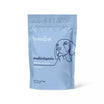








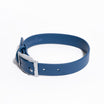
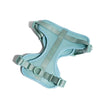
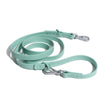
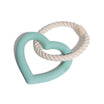
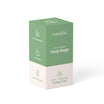
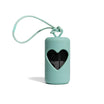

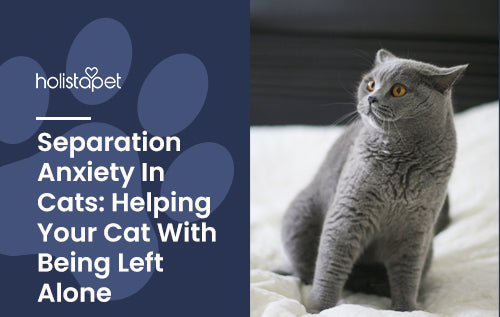
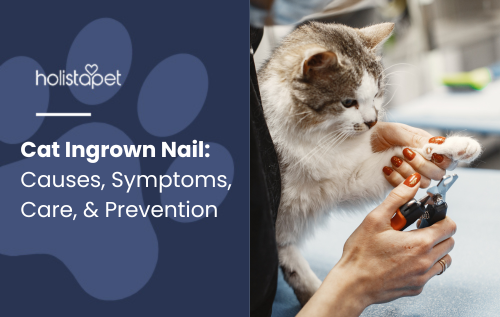

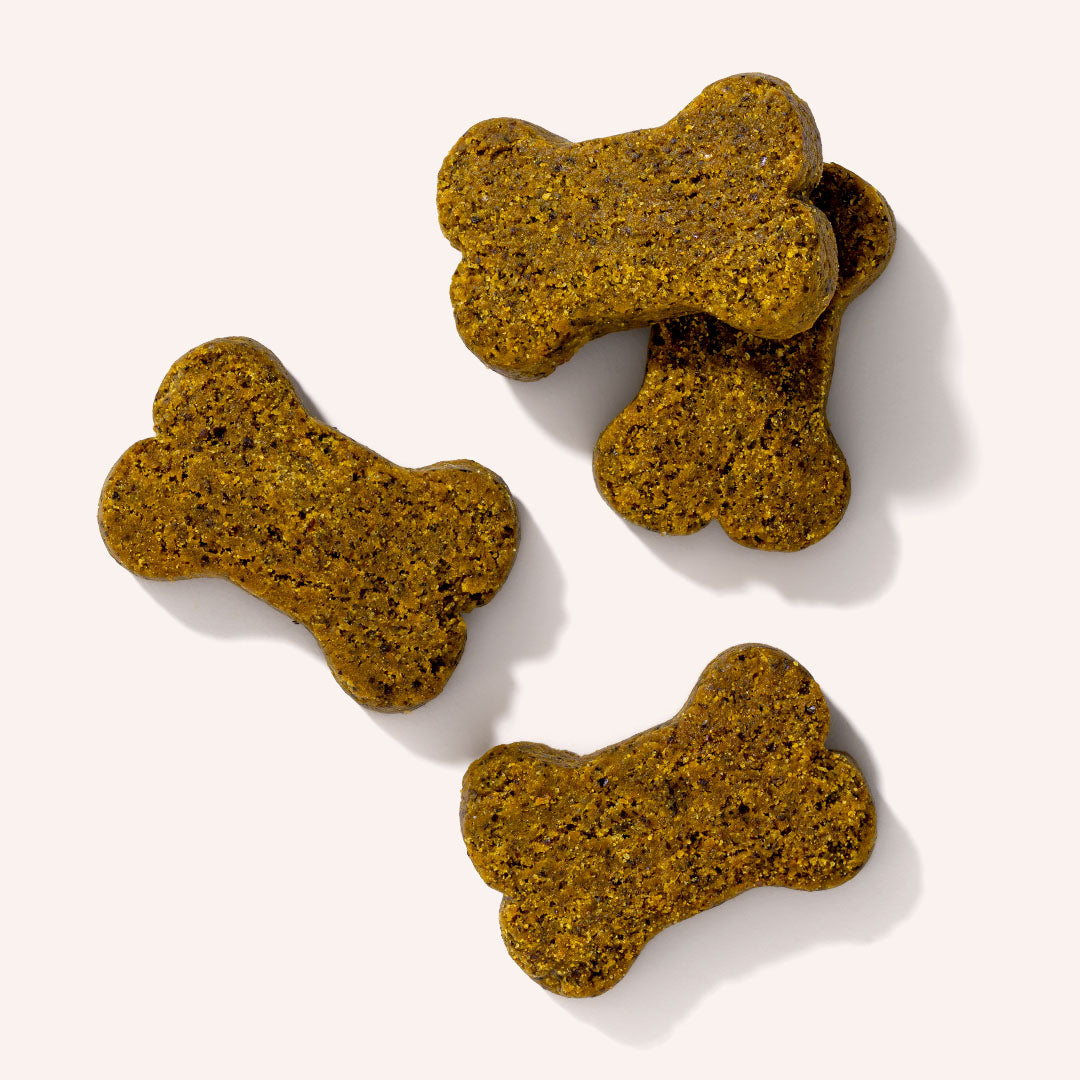

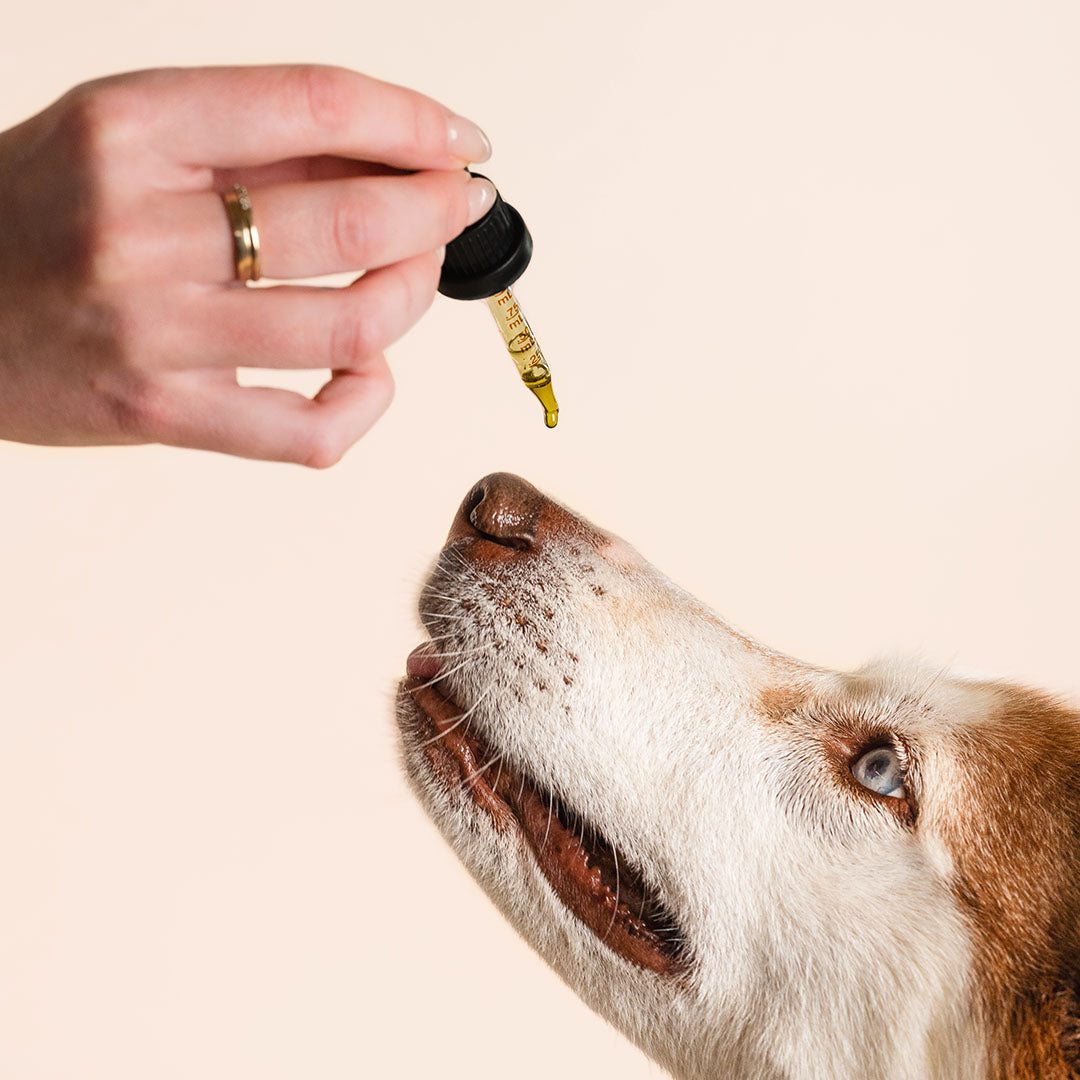



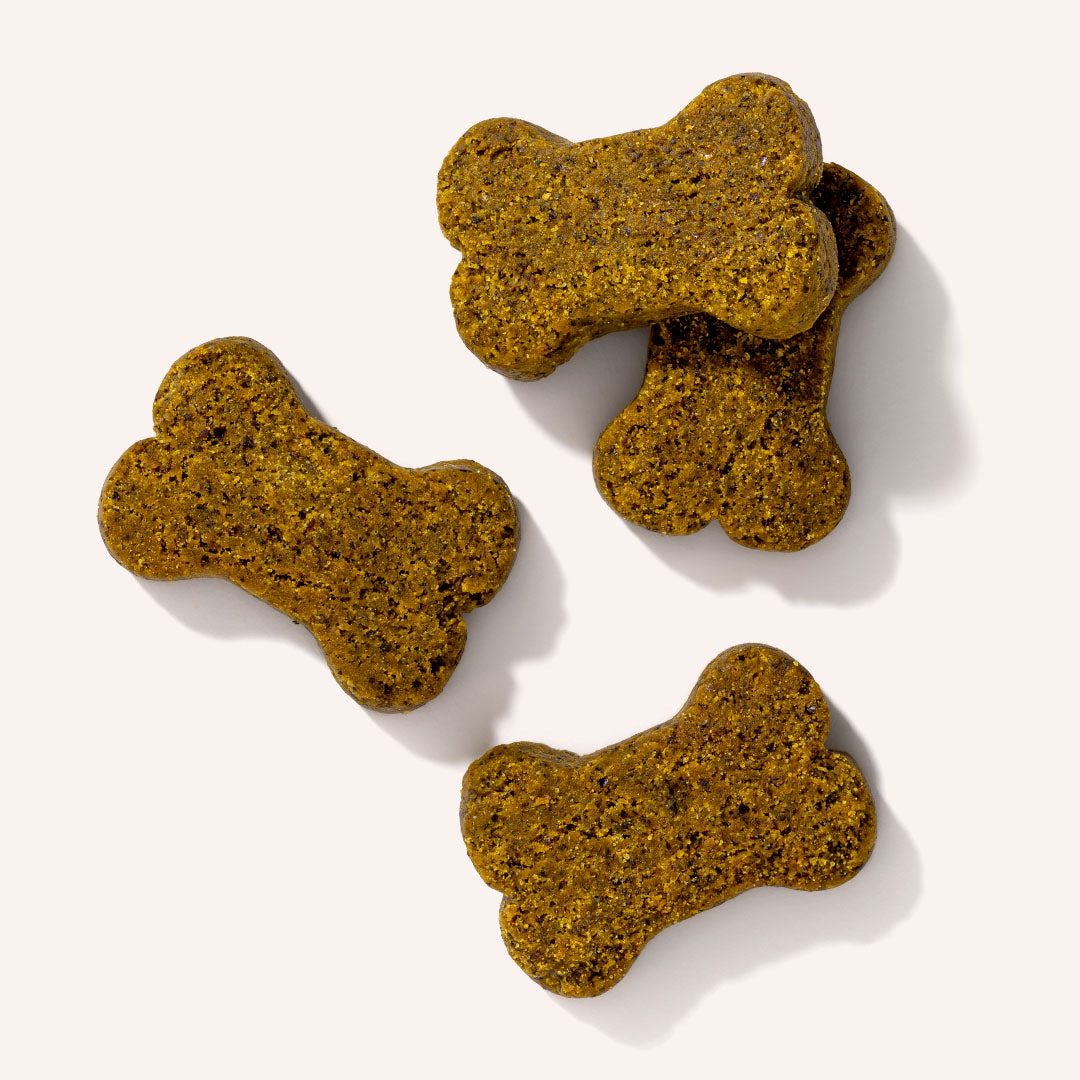

Leave a comment
All comments are moderated before being published.
This site is protected by hCaptcha and the hCaptcha Privacy Policy and Terms of Service apply.